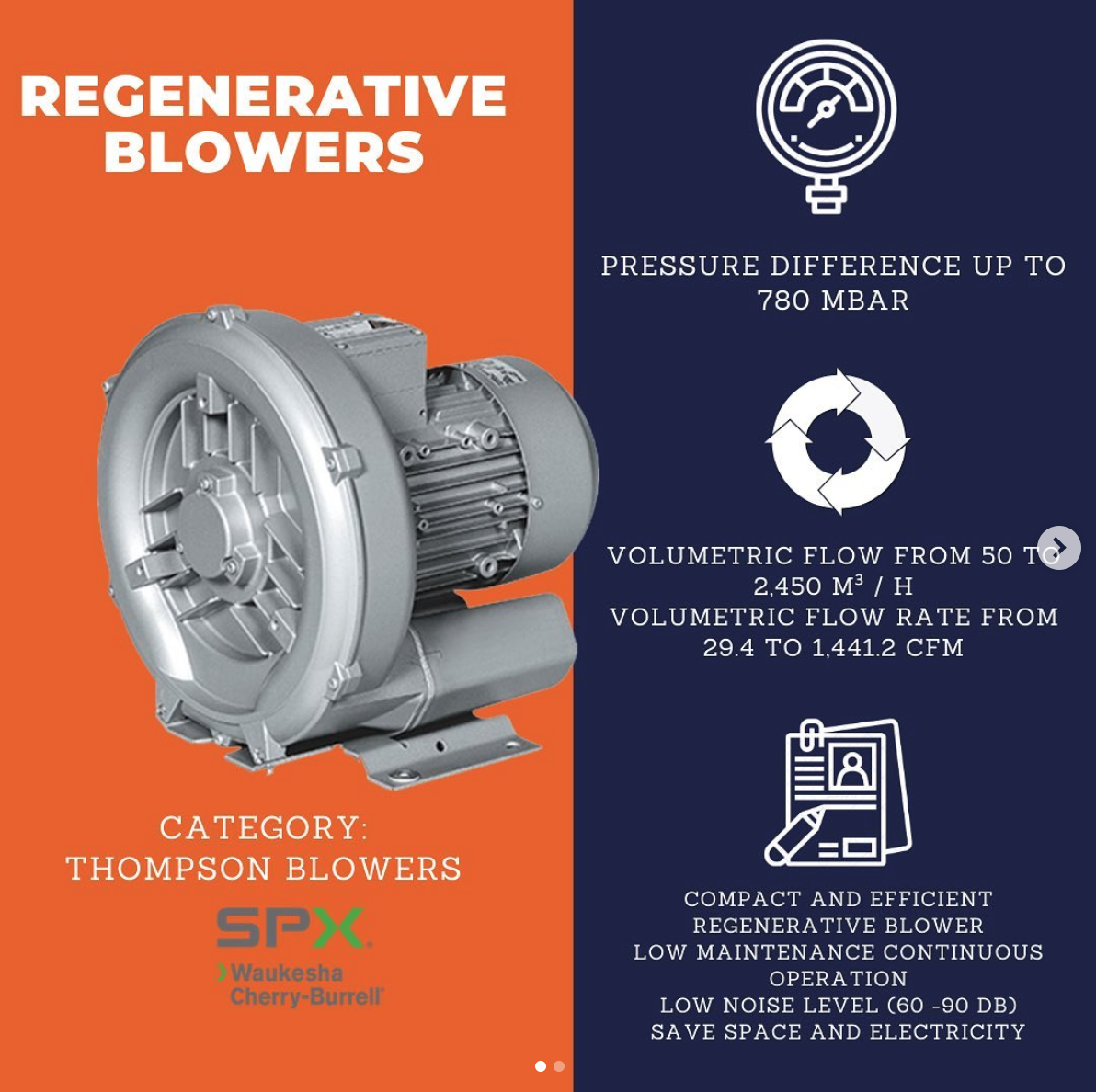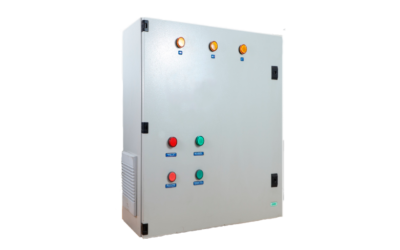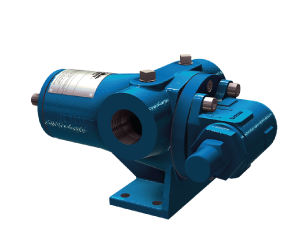When manufacturing medical products, parts with delicate surfaces or electrical components, a completely clean production environment is a basic prerequisite. It is no coincidence that in clean rooms, have a slight excess pressure compared to the environment. This action prevents particles from entering the production area and thus helps prevent products from being contaminated.

The cleaning requirements for systems and materials are consequently high. Therefore, pneumatic systems, that is, systems that use pressurized air should be avoided, not to say that they are completely prohibited.
For material supply this means equipping conveying systems with diaphragm valves. These valves are operated through the vacuum lines and not with pressurized air like pneumatic valves. This prevents potentially contaminated air or foreign particles from entering the production areas. Diaphragm valves are also useful when pressurized air supply is not available.
Diaphragm valves in diaphragm pumps function as a nearly closed system. If material is required, the vacuum is started. The controls then send a pulse to a small electric magnetic valve which in turn opens the latch. The material can now be conveyed through the vacuum line. Once the required amount has been reached, an additional push from the controls closes the solenoid valve. At rest, a spring located inside closes the closure.




